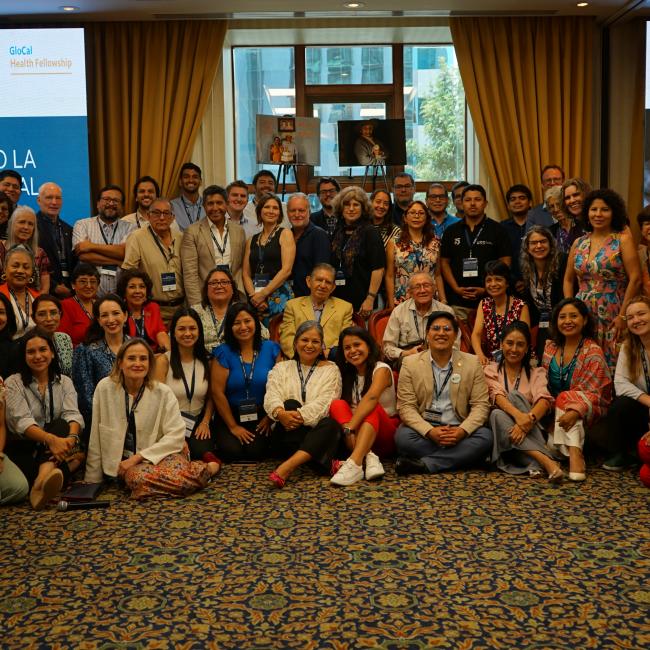Basic Science and Pathogenesis
Alzheimers Dement. 2024 Dec;20 Suppl 1:e090818. doi: 10.1002/alz.090818.
ABSTRACT
BACKGROUND: Common and rare variants in SORL1 have been associated with increased risk of Alzheimer's disease (AD). Since 2019, we have run an international collaborative research initiative to ascertain a Peruvian cohort for Alzheimer's disease and other related dementias for genetic studies (PeADI).
METHOD: A Peruvian family (4 AD cases and two mild cognitive impairment (MCI) cases) was recruited through the PeADI study. All six family-member completed a full cognitive assessment, had plasma-based biomarkers pTau181 and Aβ42/40 measured via SIMOA chemistry on the Quanterix HD-X, and underwent whole genome sequencing. Variants within AD risk genes as determined by the ADSP Gene Verification Committee were prioritized and variant interpretation was performed according to ACMG recommendations.
RESULT: We identified a SORL1 c.5019G>A (p.Trp1673Ter) variant of Amerindian background in the four AD diagnosed siblings within this family. The two MCI cases did not carry the novel variant. The identified SORL1 variant corresponded to a heterozygous stop-gain variant in exon 36 replacing tryptophan by a stop codon at position 1673 of the SORL1 protein. In-silico analysis predicts this variant promotes nonsense-mediated mRNA decay. This variant has not been previously reported in databases including gnomAD, LOVD and ClinVar. The 4 AD cases had on average 2.3X higher plasma pTau181 concentrations compared to the 2 MCI (2.03 ± 0.28pg/µl vs 0.88 ± 0.7pg/µl). There was no noticeable difference in the Aβ42/40 ratio. This variant is classified as likely pathogenic according to ACMG.
CONCLUSION: We report the first Peruvian AD family carrying a likely pathogenic stop-gain SORL1 variant within an Amerindian background region. Further cosegregation and functional assays are required to establish the risk size of this variant for AD.
PMID:39751528 | DOI:10.1002/alz.090818





